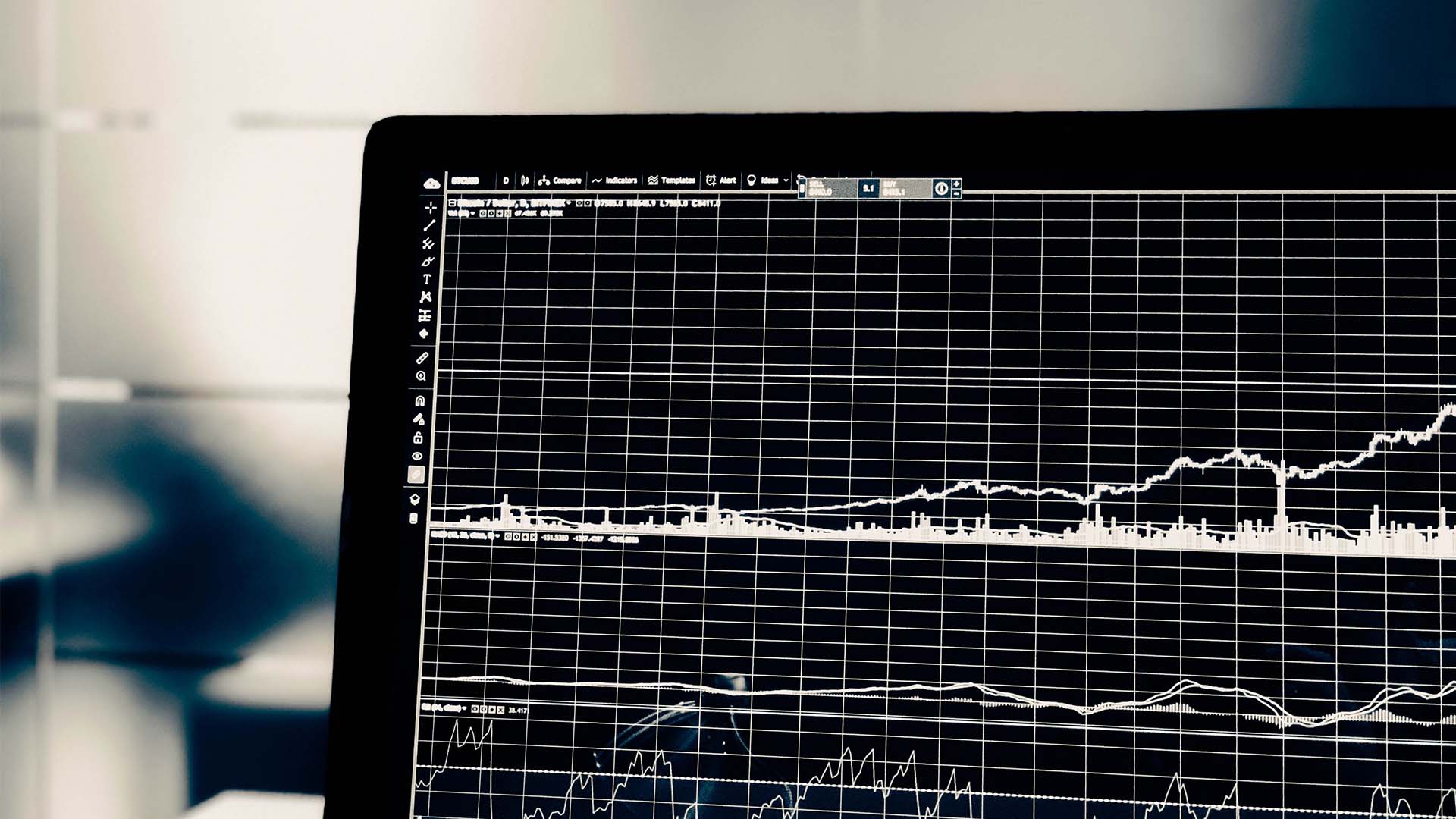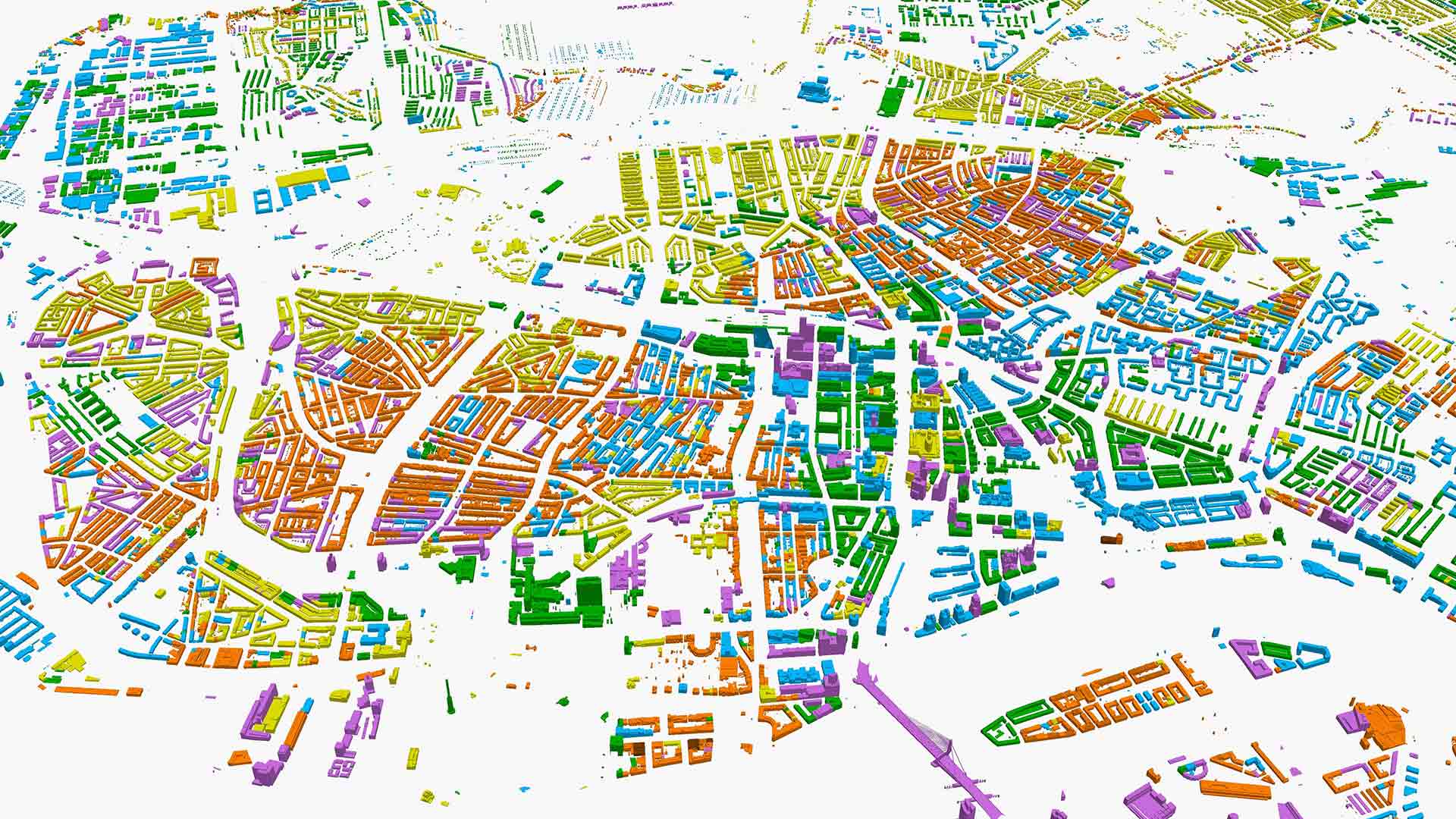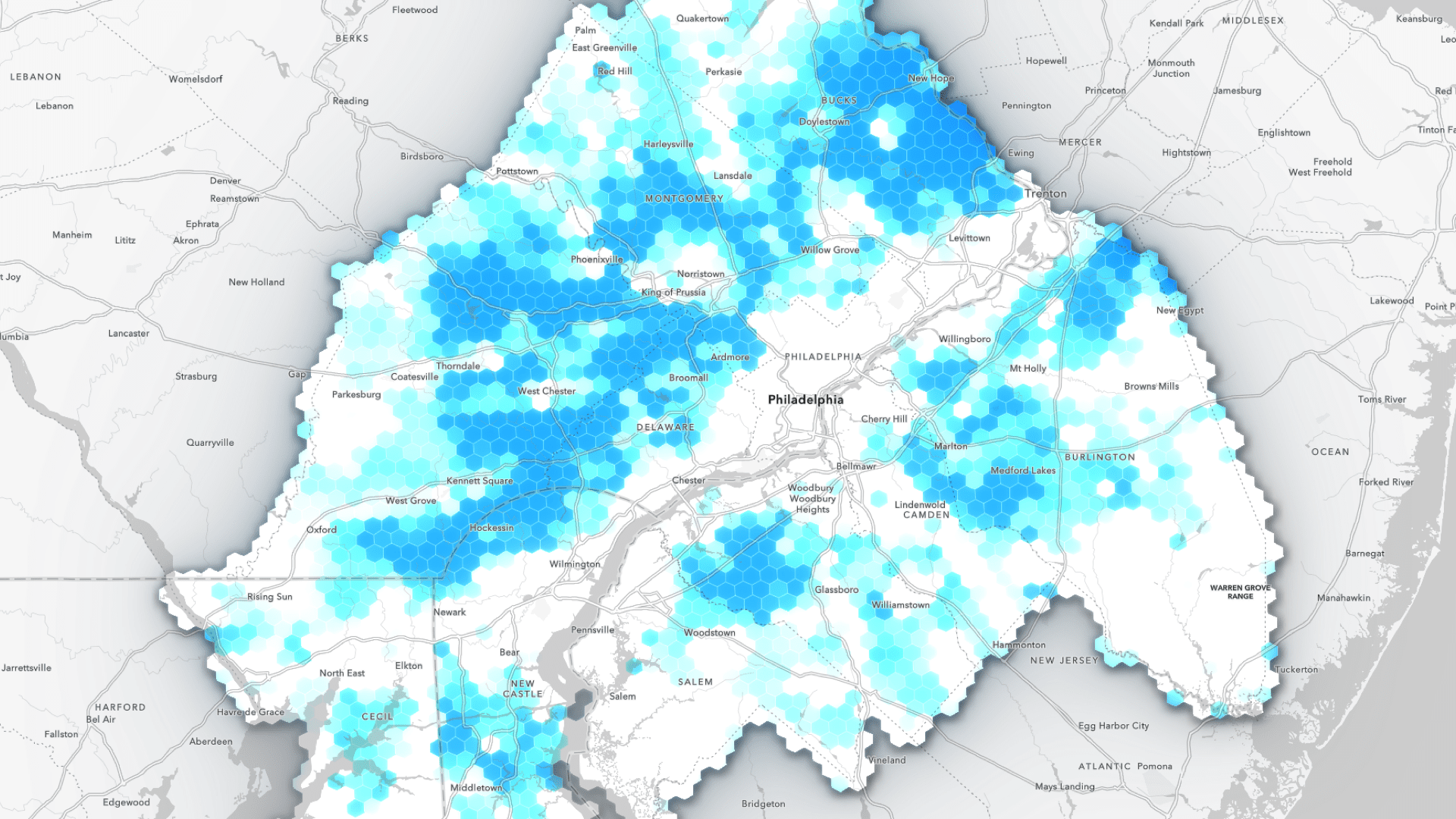As some executives tighten hiring budgets, a majority of CXOs plan to increase spending on technology. Fifty-four percent of business leaders expect to increase technology budgets next year, according to a recent Battery Ventures survey, and 75 percent plan to do so in the next five years. Top priorities include security, data, development tools, and artificial intelligence (AI). In each area, a geographic approach can deliver additional benefits.
Tech Spending for Security
Whether it’s the ever-present danger of a cyberattack or threats to people and assets, CXOs want to be aware of organizational risk—and prepared to respond quickly. Well-known brands in tech, retail, manufacturing, and other sectors use a geographic information system (GIS) to locate and understand those risks.
An increasing number of Fortune 500 businesses have established corporate security centers to oversee their operations around the world. On GIS-based maps, executives monitor factors such as inclement weather, crime incidents, and evacuations. These maps provide a centralized view, helping security teams see imminent threats and coordinate activities that keep employees, customers, and assets safe.
Doubling Down on Data
Data ranked among CXOs’ top tech spending priorities, according to Battery Ventures. Data analysis has been a driving force behind better supply chain management, enhanced customer service experiences, and efficient business operations. But many organizations still find it daunting to gather, analyze, and manage massive amounts of data.
GIS technology clarifies location data by revealing where, when, and why businesses and customers operate as they do. This type of location intelligence provides critical information for companies across the business world—as well as organizations in the public sector.
John Deere uses location data to better understand its customers and the markets where they live and work. Renewable Energy Systems (RES), the world’s largest independent renewable energy company, analyzes data with GIS technology at almost every stage of a project’s development and construction.
Investing in Development Tools
While Fortune 500 companies enlist GIS technology for data analysis and security operations, the developers in their ranks are using location services and other forms of location intelligence to power business and consumer apps.
By integrating GIS-based location services and mapping tools, developers can create apps that incorporate elevation maps, satellite imagery of the earth’s terrain, turn-by-turn directions, and other enhancements to the user experience.
Whether it’s a consumer app like Relive that captures travel journeys in vivid imagery and 3D maps, or a business app that optimizes logistics at the world’s largest chemical plant, GIS-based services are an increasingly important capability in the developer’s toolbox.
Driving Decisions with Artificial Intelligence
Artificial intelligence continues to be a spending priority among CXOs, according to Battery Ventures, and companies are gaining confidence in investment decisions by integrating AI with location intelligence. Banks can combine the technologies to track revenue at existing branches, analyze demographic data in potential expansion areas, and predict where to open new branches. Wireless network providers use location intelligence and AI to analyze dropped calls and dead zones, helping determine precisely where they should add cell towers to improve network reliability.
As CXOs ramp up spending on AI, security, data, and developer tools, they hope to build a more intelligent enterprise. Location intelligence complements these investments by adding critical geographic context. Whether the goal is to optimize security protocols or choose a business’s next location, CXOs gain confidence in their investment decisions when they take location data into account.
Photo by Chris Liverani
The Esri Brief
Trending insights from WhereNext and other leading publicationsTrending articles

December 5, 2024 |

July 25, 2023 |

November 12, 2018 |

April 1, 2025 |

April 29, 2025 |

February 1, 2022 |





